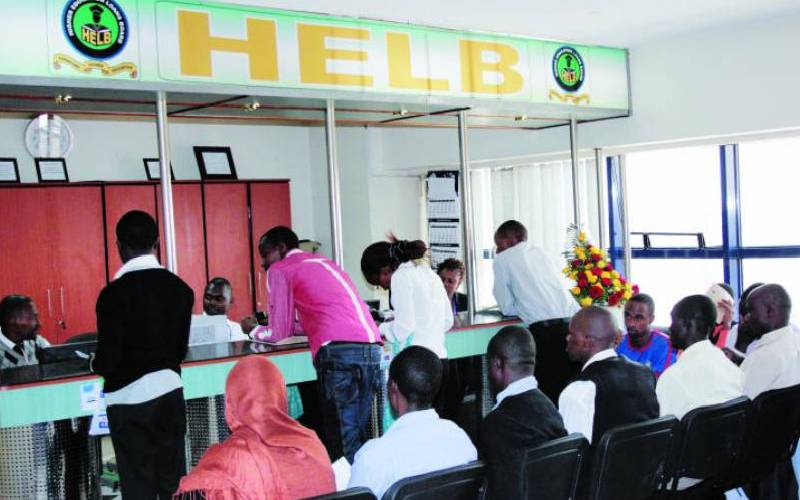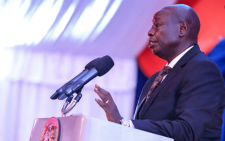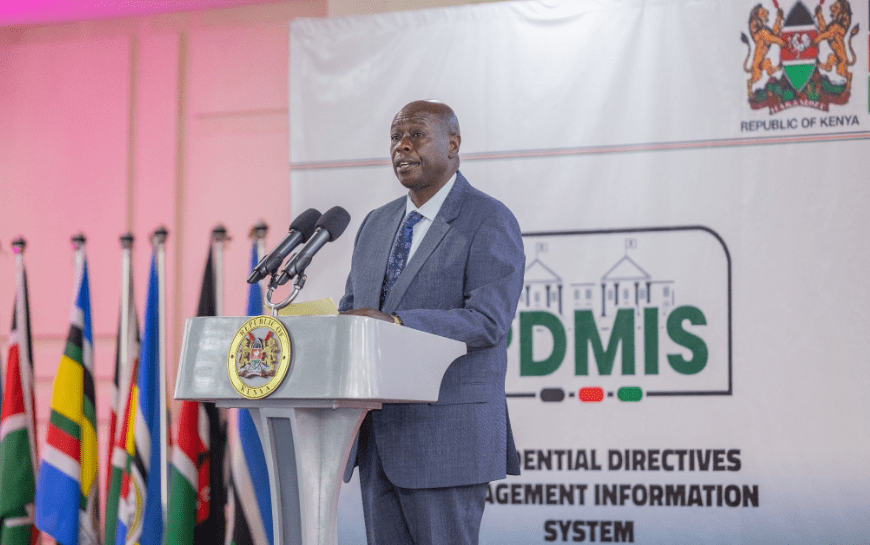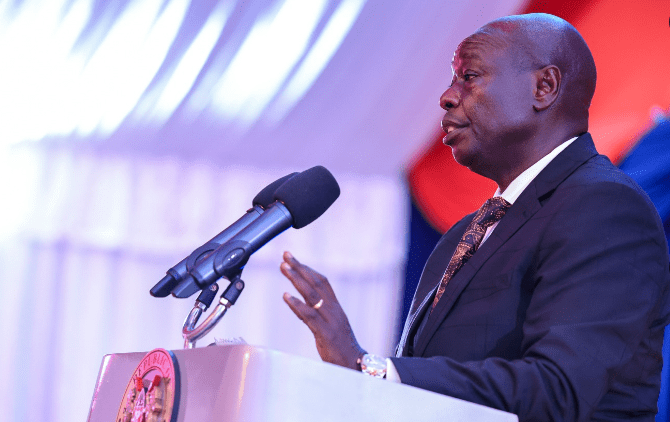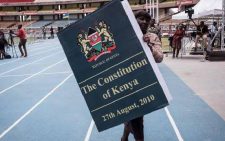With less than 25 days left before public universities resume learning after a long vacation, the government is still groping in darkness about the funding formula and issuing contradictory statements.
Only two weeks ago, officials issued an advisory to parents and guardians, urging them to ignore the fee structures released by respective universities and instead wait for new guidelines to be published by the Ministry of Education.
The directive came after a public outcry over unclear fees structures that did not specify the government’s capitation fees or the amount each parent was expected to pay.
Hardly days later, none other than President William Ruto came out to defend the funding model introduced last year as he overruled the ministry’s plans to formulate new guidelines.
This week, Higher Education Principal Secretary Beatrice Inyangala told Frst Year students scheduled to report to colleges by the end of this month not to pay fees until the categorisation process to determine their specific level of need, as outlined by the higher education funding model, is completed.
The new funding model is fraught with confusion and misinformation regarding programme costs and the amount of money to be paid by the government and guardians.
Parents have raised concerns about the government’s inconsistencies and pronouncements that are a complete travesty of the realities on the ground.
For instance, according to the government, the full cost for a course in medicine is about Sh612,000 and for a bachelor of arts Sh122,400.
In the calculations of Jogoo House bureaucrats, students from very vulnerable backgrounds should pay no more than Sh30,600 per year for medicine and Sh6,120 per year for a aachelor of arts.
This means that students in the latter programme should pay Sh3,060 per semester, making education more affordable.
Unfortunately, universities are compelling parents to pay more than the figure the government quotes, a situation that has led to thousands of vulnerable students dropping out of their studies.
The government needs to come out more clearly on this issue to save parents from the agonising stress of organising harambees and from uncertainty over their children’s future.
Though the government insists that the funding model is meant to ensure access to university education for all, the system has several loopholes and weaknesses that need to be urgently addressed.

